Historic Flight Foundation
http://historicflight.org/hf/
ADDRESS
10719 Bernie Webber Drive
Mukilteo, WA 98275
Mukilteo, WA 98275
PHONE
(425) 348-3200
Saturday April 19th, 2014Paine Field, Everett Washington
Historic Flight Foundation will honor Lt. Col. Edward J. Saylor (ret.), one of four surviving Doolittle Raiders, on the occasion of the 72nd anniversary of the raid on Tokyo. A B-25 aerial demonstration will begin at 4 followed by a gourmet dinner at 5:30. Jonna Doolittle Hoppes, grandaughter of Jimmy Doolittle, leader of the raid, will speak after dinner. Following Jonna’s remarks, Lt. Col. Saylor will offer his reflections. To conclude the evening, HFF will present the film “Thirty Seconds Over Tokyo” in an environment reminiscent of a 1940s movie house. Tickets are $50. Click here to purchase. Students and families are encouraged to come. Seating is limited to 250. Proceeds will benefit the “Edward J. Saylor Aviation Scholarship Fund.”
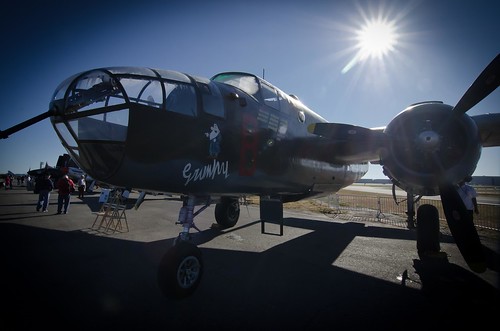 |
| B-25D "Grumpy" on the flightline during VAW |
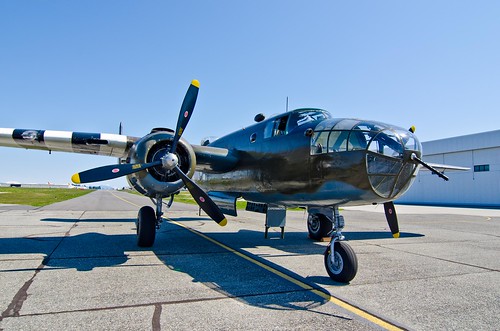 |
| Grumpy on the ramo |
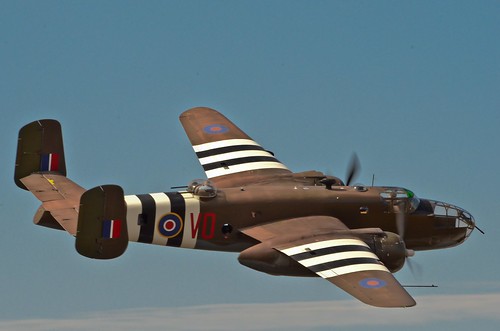 |
| low pass |
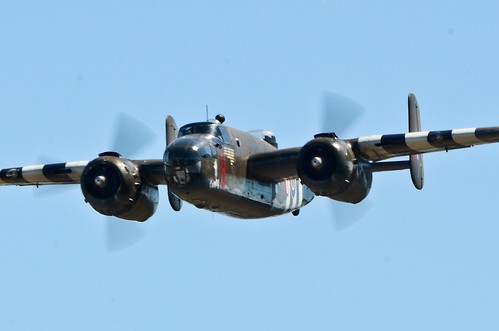 |
| Head on with B-25D |
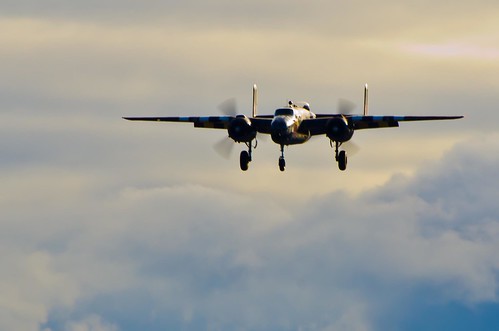 |
| Short final before sunset |
Wikipedia Article:
The Doolittle Raid, also known as the Tokyo Raid, on 18 April 1942, was an air raid by the United States on the Japanese capital Tokyo and other places on Honshu island during World War II, the first air raid to strike the Japanese Home Islands. It demonstrated that Japan itself was vulnerable to American air attack, was retaliation for the Japanese attack on Pearl Harbor on 7 December 1941, provided an important boost to U.S. morale, and damaged Japanese morale. The raid was planned and led by Lieutenant ColonelJames "Jimmy" Doolittle, U.S. Army Air Forces.
Sixteen U.S. Army Air Forces B-25B Mitchell medium bombers were launched without fighter escort from the U.S. Navy's aircraft carrier USS Hornet deep in the Western Pacific Ocean, each with a crew of five men. The plan called for them to bomb military targets in Japan, and to continue westward to land in China—landing a medium bomber on Hornet was impossible. Fifteen of the aircraft reached China, and the other one landed in the Soviet Union. All but three of the crew survived, but all the aircraft were lost. Eight crewmen were captured by the Japanese Army in China; three of these were executed. The B-25 that landed in the Soviet Union atVladivostok was confiscated and its crew interned for more than a year. Fourteen crews, except for one crewman, returned either to the United States or to American forces.[1][2]
After the raid, the Japanese Imperial Army conducted a massive sweep through the eastern coastal provinces of China, in an operation now known as the Zhejiang-Jiangxi Campaign, searching for the surviving American airmen and applying retribution on the Chinese who aided them, in an effort to prevent this part of China from being used again for an attack on Japan. An estimated 250,000 Chinese civilians were killed by the Japanese during this operation.[3][4]
The raid caused negligible material damage to Japan, only hitting non-military targets or missing completely but it succeeded in its goal of raising American morale and casting doubt in Japan on the ability of its military leaders to defend their home islands. It also caused Japan to withdraw its powerful aircraft carrier force from the Indian Ocean to defend their Home Islands, and the raid contributed to Admiral Isoroku Yamamoto's decision to attack Midway Island in the Central Pacific—an attack that turned into a decisive strategic defeat of the Imperial Japanese Navy (IJN) by the U.S. Navy in the Battle of Midway. Doolittle, who initially believed that loss of all his aircraft would lead to his being court-martialled, received the Medal of Honor and was promoted two steps to Brigadier general.








0 comments:
Post a Comment